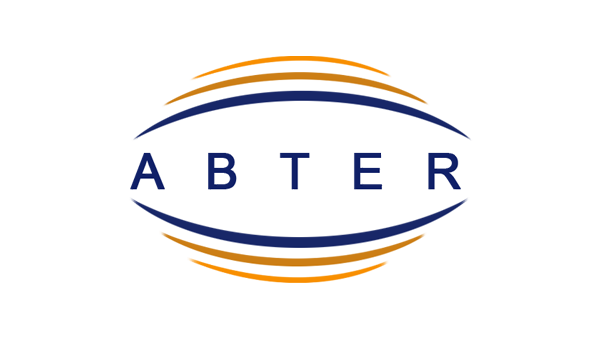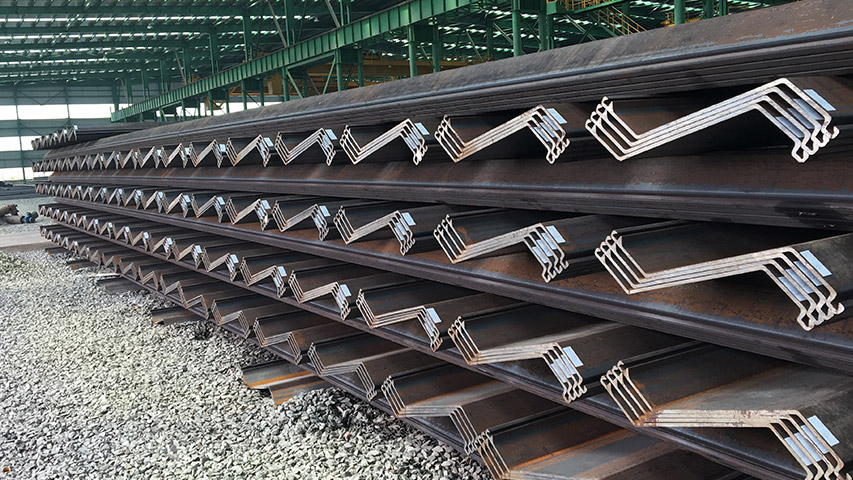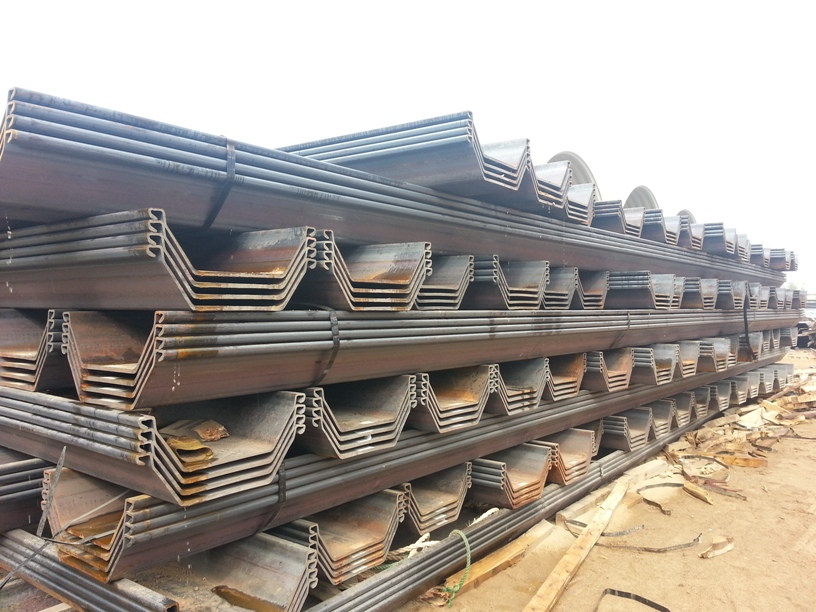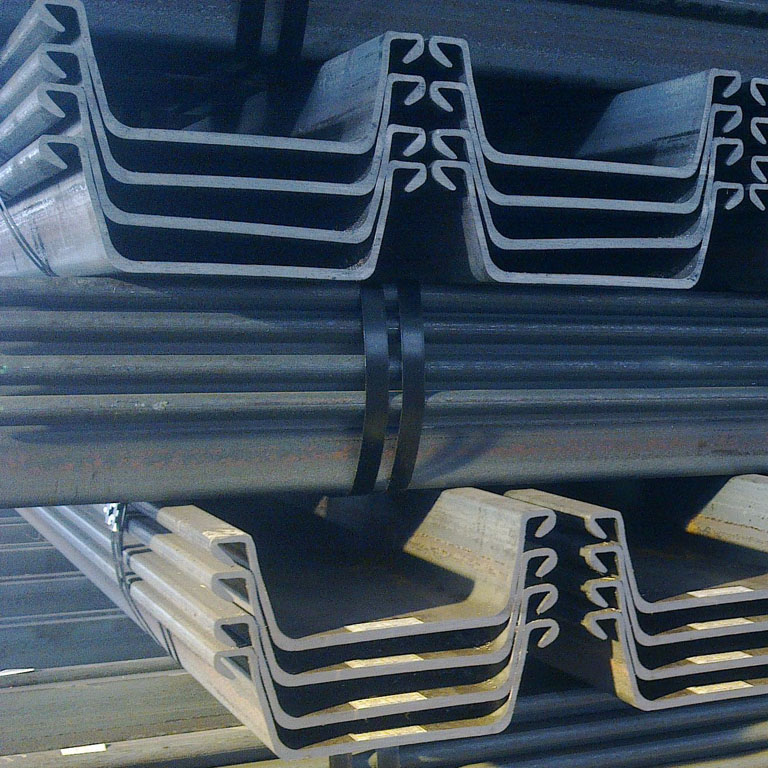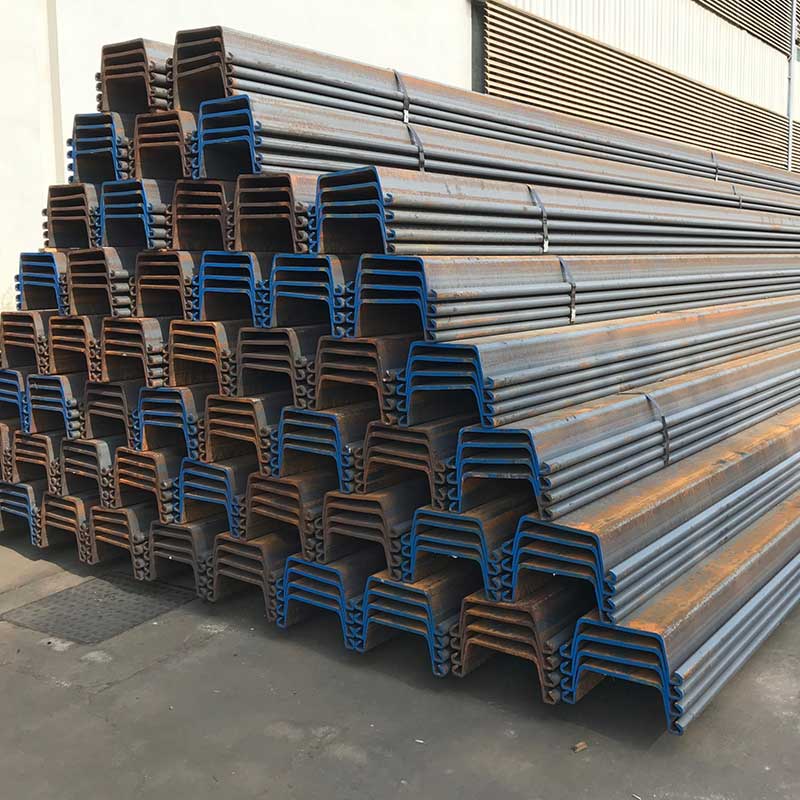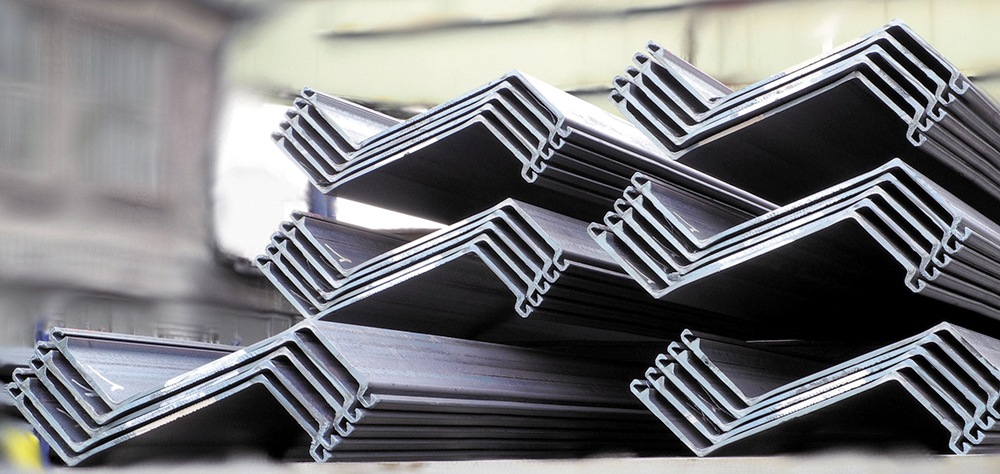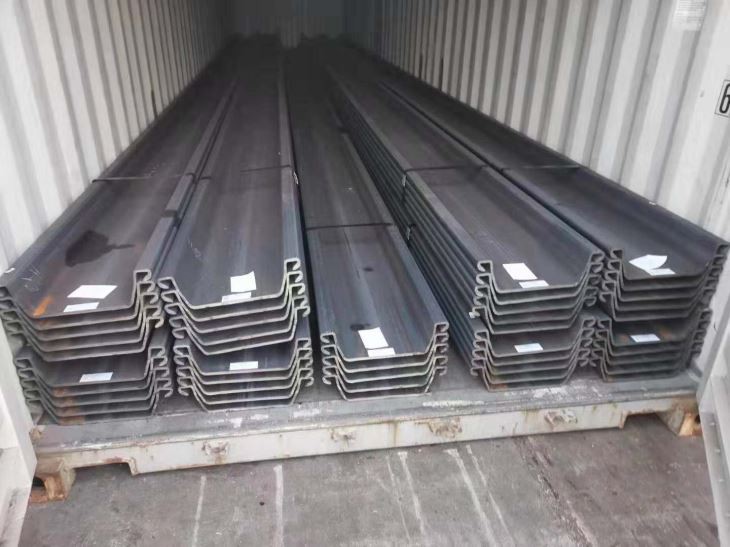Cọc tấm thép có nhiều hình dạng khác nhau, kích thước, và đồng hồ đo.
Chúng được phân loại rộng rãi thành các loại sau:
- Cọc tấm thép loại Z: Đây là những loại đống tấm phổ biến nhất ở Bắc Mỹ và có thể được sử dụng trong nhiều ứng dụng khác nhau. Lợi ích z được thực hiện với một trong ba phương pháp: Các dòng của ArcelorMittal, Được sản xuất bởi dòng Mannesmann, được lăn; Skyline Steel từ SC, SK, và sê-ri SM được hình thành lạnh và Tadotsu và Nippon Steel NS NS-SP, JFE/JFESP có một mô đun trung gian.
- Cọc ván thép chữ U: Tấm tấm giữ đất giữ đất và nước giống như các cọc z với một sự khác biệt quan trọng: U cọc có khóa liên động trên trục trung tính. Vị trí của khóa ở đường trung tâm của tường làm giảm hiệu quả của phần và có thể gây ra sự cố với việc cài đặt, đặc biệt khi cần có độ sâu lái xe sâu.
- Bảng web thẳng hàng: Cọc bảng web thẳng được thiết kế để hình thành cofferdams và được sử dụng cùng với cả hai cọc tấm z và u. Những cọc này không được thiết kế để chống lại các khoảnh khắc uốn cong nhưng được sử dụng trong các ứng dụng mà các bức tường giữ được nhúng được yêu cầu.
- Loại chảo / Tấm hình thang hình thang: Chúng còn được gọi là cọc hộp, và chúng được sử dụng trong các cấu trúc giữ lưu giữ lớn hơn. Chúng thường được hình thành bằng cách hàn hoặc khóa các cọc tấm riêng lẻ để tạo thành một hộp hoặc hình thang hình thang.
- Cọc tấm loại Omega: Những đống này tương tự như các cọc loại Z nhưng có hình dạng khác nhau-như chữ Omega chữ Hy Lạp (Ồ). Cọc tấm Omega thường được sử dụng ở Châu Âu.
- Frodingham Tấm cọc: Đây là những đống tấm z ban đầu được sản xuất tại Anh bởi Công ty sắt Frodingham, do đó tên. Bây giờ chúng được tạo ra bởi một số công ty trên khắp thế giới.
- Cọc tấm thép hình lạnh: Loại cọc này được hình thành bằng cách lăn ở nhiệt độ môi trường. Trong khi chúng ít tốn kém hơn các cọc cán nóng, Họ cũng có ít khả năng chịu tải.
- Cọc tấm cán nóng: Chúng được hình thành bằng cách sưởi ấm thép đến nhiệt độ cao. Cọc cán nóng có khả năng chịu tải cao hơn nhưng cũng đắt hơn.
Từng loại cọc ván thép được thiết kế cho các ứng dụng cụ thể, và sự lựa chọn phụ thuộc vào các yêu cầu dự án, bao gồm cả tải thiết kế, điều kiện mặt đất, và phương pháp cài đặt.
Những lợi thế của việc sử dụng cọc tấm thép loại z so với các loại khác?
Cọc tấm loại Z mang lại một số lợi thế do hình dạng cụ thể và thiết kế khóa liên động của chúng. Đây là một vài lợi thế đáng chú ý:
- Cường độ cao: Cọc tấm loại z thường được làm từ thép cường độ cao, mang lại cho họ độ cứng cấu trúc tuyệt vời. Hình dạng của chúng cung cấp một mô đun phần cao, có nghĩa là chúng có thể mang tải cao hơn so với các loại khác.
- Thiết kế hiệu quả: Các khóa liên động trên các cọc tấm loại Z được đặt ở các sợi ngoài cùng của bức tường, cách xa trục trung hòa. Vị trí này dẫn đến một mô đun phần hiệu quả và cung cấp khả năng chống uốn cao.
- Hiệu quả lái xe: Cọc tấm loại z thường có chiều rộng lớn, giúp giảm số lượng khóa liên động và do đó làm giảm khả năng rò rỉ. Chiều rộng lớn hơn cũng có nghĩa là cần ít cọc hơn cho bức tường, Tiết kiệm thời gian cài đặt.
- Tính linh hoạt: Cọc tấm loại Z có thể được sử dụng cho cả ứng dụng tạm thời và vĩnh viễn, Và chúng hoạt động tốt trong cả các ứng dụng thẳng và cong.
- Thiết kế khóa liên động tốt: Thiết kế khóa liên động trên cọc tấm loại Z thường mạnh mẽ hơn và có thể chứa tải trọng kéo cao hơn. Thiết kế này làm cho chúng phù hợp với các bức tường chịu tải cao và các ứng dụng áp suất nước cao.
- Độ bền: Giống như các lớp thép khác, Cọc loại Z có độ bền cao và có thể chịu được điều kiện môi trường khắc nghiệt. Chúng có thể được phủ hoặc điều trị cho khả năng chống ăn mòn bổ sung.
- Khả năng tái sử dụng: Cọc tấm loại Z có thể được trích xuất và tái sử dụng trong các dự án khác, làm cho họ trở thành một lựa chọn bền vững.
Điều quan trọng cần lưu ý là trong khi các cọc tấm loại Z có nhiều lợi thế, Việc lựa chọn loại cọc phải luôn luôn dựa trên các yêu cầu cụ thể của dự án, bao gồm cả điều kiện đất, Mực nước ngầm, yêu cầu tải, và cân nhắc chi phí.
